Mandrake (Mandragora) is a genus of angiosperms, which belongs to the potato family. The genus includes several species, which are distributed in the Mediterranean, the Himalayas and some parts of Asia. Its name comes from the Greek words "mandra" - stable and "agauros" - harmful.
Mandrake reaches a height of 30 cm and has a strong odor. Its leaves are soft and oval, forming a circle around the stem. The flowers resemble a small ball, which is formed by five petals. They can be blue, pale green or purple.
Mandrake blooms in spring. The rhizome is brown on the outside and white on the inside. Over the years it can reach a length of 60-80 cm.
Mandrake composition
Mandrake roots contain psychoactive alkaloids. In addition to alkaloids, the plant is rich in other pathogenic compounds. Mandrake contains atropine and scopolamine (the first serum of truth). In theory, these substances are very dangerous and even deadly.
History of Mandrake
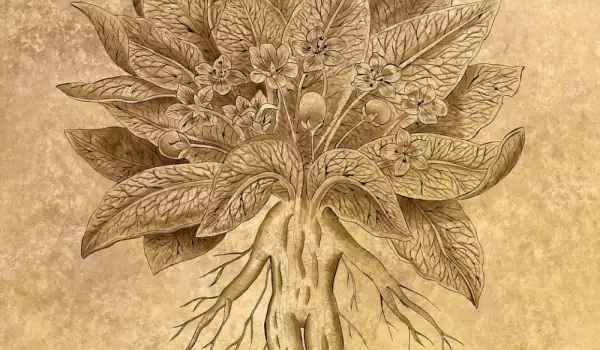
Mandrake is considered one of the strongest magical plants in the occult. Mandrake attracts the attention of magicians on itself, because of the shape of the root, which resembles a man.
They divide mandrake into male and female roots, depending on what it looks like.
In ancient times, it was believed that mandrake could kill a person when uprooted. When removed, the root pierced the mind of a man with a loud scream. The ancient Arabs believed that the mandrake root was inhabited by a demon. The ancient Greeks considered mandrake to be the plant from the juice of which Circe turned Odysseus' companions into pigs.
Another mandrake belief, dating back to the Middle Ages, states that witches picked up the magic plant at night under gallows on which unrepentant criminals were hung, then washed the root with wine, wrapped it in velvet and silk, they fed it with bread stolen from the churches during communion. In the end, they carried the root of the Devil himself.
The hallucinogenic ingredients in mandrake appear when certain of its substances are rubbed into the skin and reach the bloodstream. This partly explains why witches fell into a trance and suggested that they were flying on brooms and other objects.
Mandrake was used as an ingredient in love potions. The root was also used as a means of protection against magic. It is believed that a strong amulet for making money can be made with mandrake.
In an ancient manuscript, the mandrake is represented as the Tree of Knowledge, from which Adam and Eve plucked the forbidden fruit. In the Old Testament, mandrake is also found under the name "apple of love".
Selection and storage of mandrake
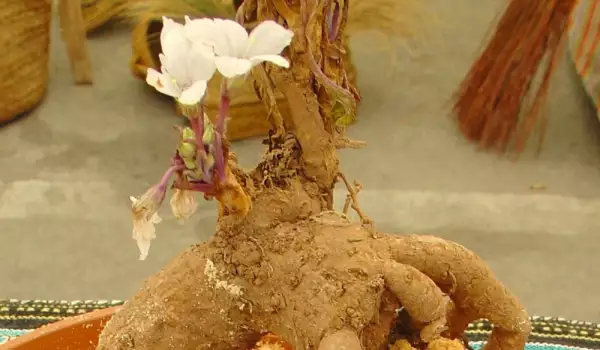
Mandrake roots with human form are almost non-existent. In Europe as a whole, it is very difficult to find this plant unless it is grown in private gardens or greenhouses. Mandrake can be bought from larger occult stores. Mandrake root is sold pressed and is presented in the form of tincture.
Use of mandrake
Even the Assyrians used mandrake as a strong painkiller and hypnotic. Hippocrates believed that in small doses mandrake was an effective remedy for depression and fear. Mandrake is believed to be a powerful aphrodisiac, endowing its owner with great sexual power.
Various sources describe numerous ways to use mandrake. Mandrake juice is extracted from the leaves, fruit or stem.
The modern use of mandrake is mainly associated with voodoo beliefs. Used in various oils, decoctions, incense, amulets.
Harmful effects from the mandrake
As with most herbs, overdosing on mandrake leads to unpleasant health consequences. Signs of poisoning are nausea, cramps, drowsiness, muscle weakness, hallucinations. Irreversible damage is not excluded - coma, memory loss and even death. Due to the listed negatives, experimenting with mandrake is completely undesirable.
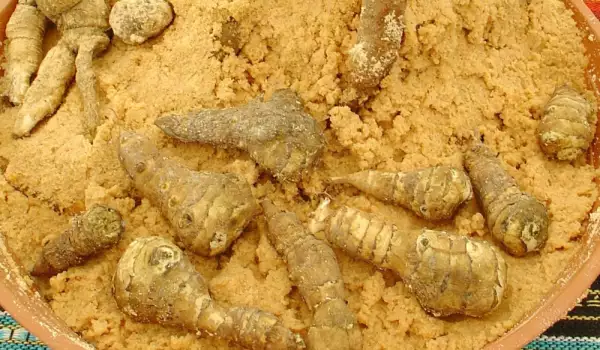
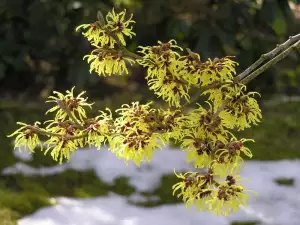
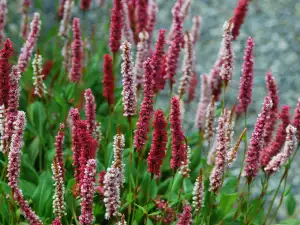
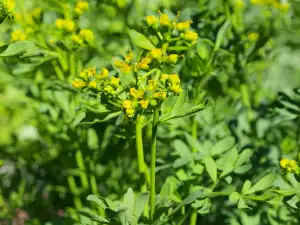

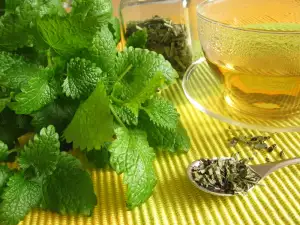

Comments